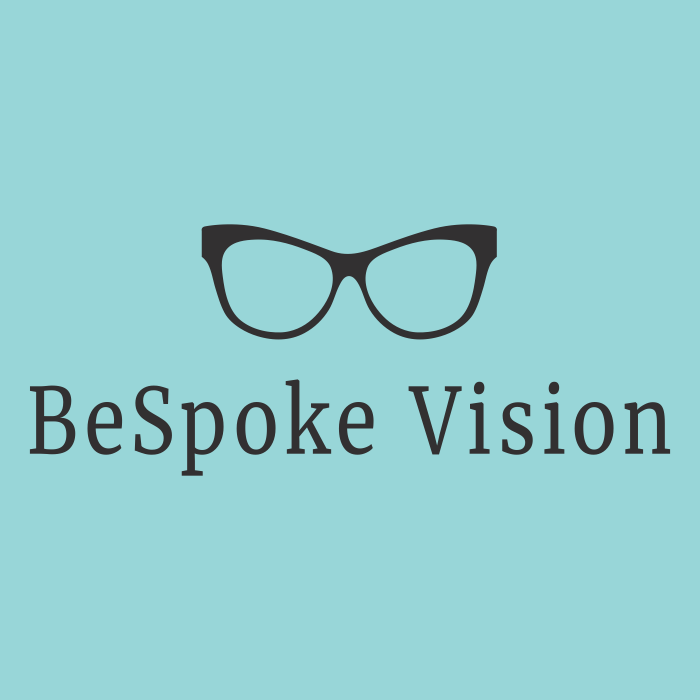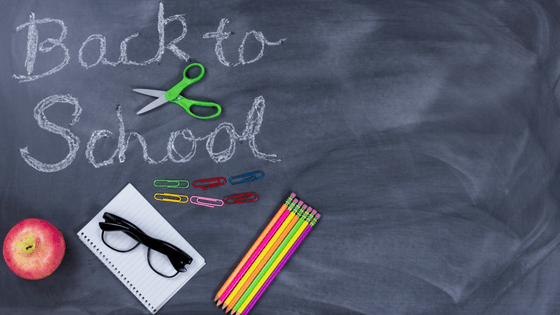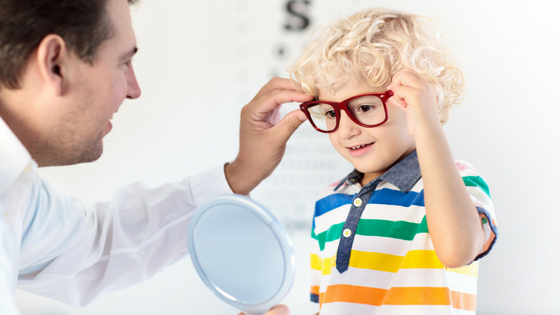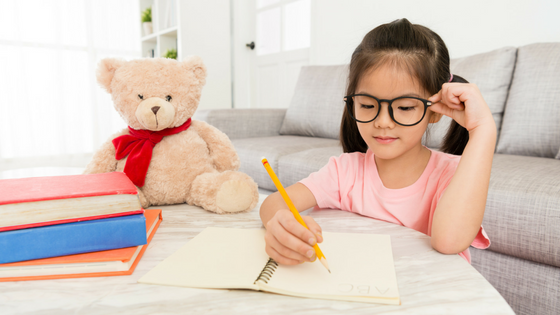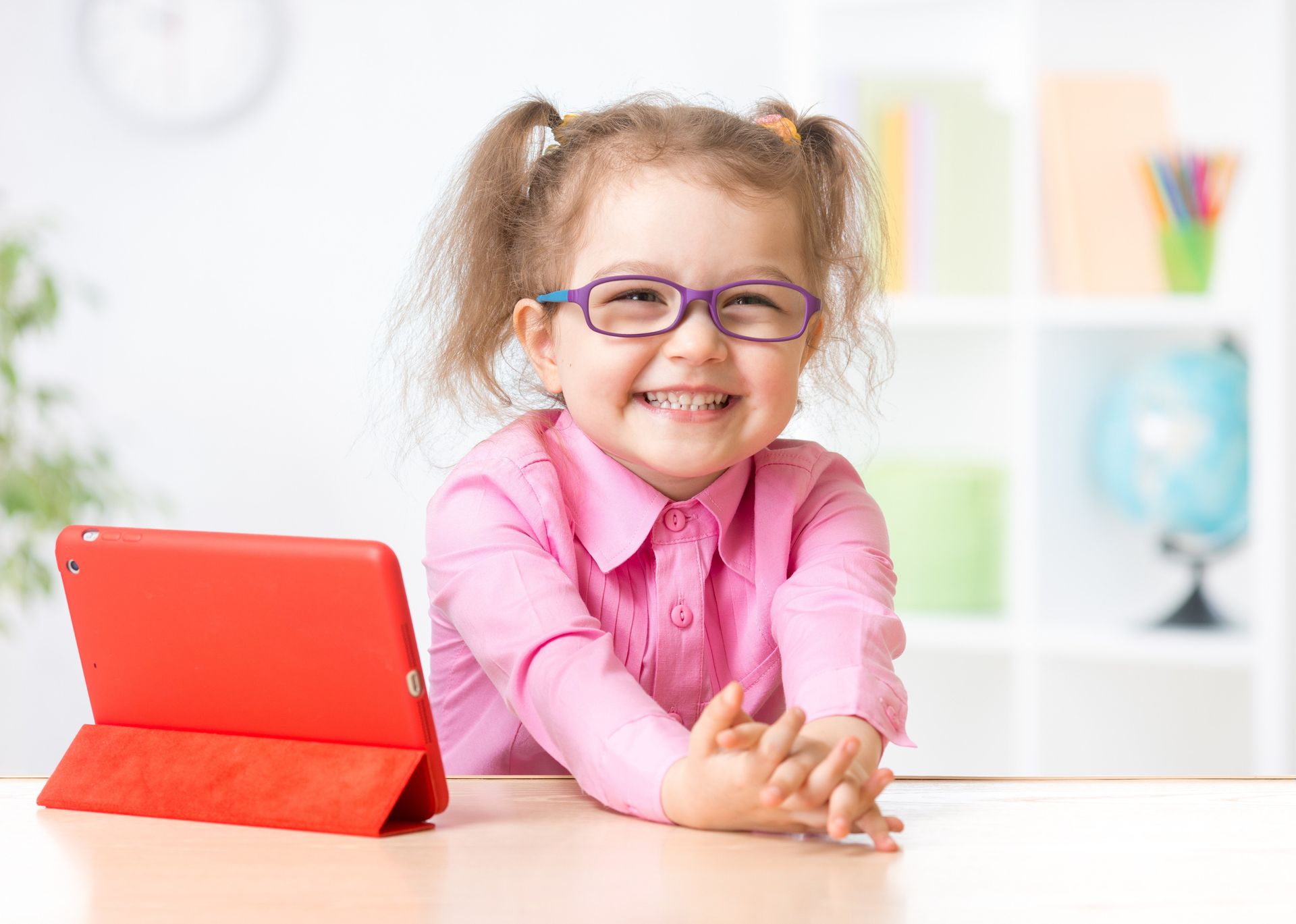What Should Be On My Back To School Checklist?
This popular post was originally published in July 2018 and has been updated with additional content July 2024.
It’s that time of year again... the time kids and teenagers dread and parents sometimes count down the days for - the start of the school year! For many of us that means taking care of a list of to-dos that includes things like shopping for school supplies, clothes, and scheduling yearly shots and physicals.
But are you forgetting a vital step?
Here’s why a comprehensive eye exam should have a permanent spot on your back-to-school checklist!
Children and adults alike should be followed by an eye health professional at least once a year, much like you would do with your family physician or dentist. A comprehensive eye exam doesn’t only tell you if you need glasses, it also follows the health of the eyes and can even be a first line alert of other systemic conditions such as tumors, heart conditions, diabetes, and even some autoimmune disorders.
But My Child is Young and Healthy, Do They Really Need an Eye Exam?
Absolutely! It is recommended by the American Optometric Association that children should be seen for their first eye exam at 6 months of age, at age 3, before starting first grade, and then every year thereafter unless otherwise directed.
In the younger kiddos from ages 6 months to 3 years this is a vital time when important issues such as tumors and eye diseases, eye conditions such as
amblyopia (lazy eye), or other potential visual difficulties can be detected.
In many (if not all) cases, early detection is essential for early intervention and future success. What’s more, just because a child doesn’t mention having a visual problem doesn’t necessarily mean there isn’t one present. Many eye health issues often have no symptoms at all and are only caught once vision is lost or severely impacted, so a proactive approach is key.
Also, younger children don’t always know how to express that they are struggling - or what might be blurry to us might be their normal if they have always had a vision issue so they might not even realize that what they see is different than it should be.
Is Your Child Struggling in School?
According to Vision and Learning , 1 out of 10 children are at risk of having an undiagnosed vision problem, and 25% of all children have a vision problem significant enough to affect their performance at school.
Considering that 75-90% of learning comes from the visual system, if your child has been diagnosed with a learning disability be sure their eyes get checked to rule out the need for glasses or vision therapy.
Also keep in mind that 20/20 vision can be present even when there is a vision related problem, so simply passing the eye chart at school isn’t a sufficient enough exam.
Here are some other often missed symptoms that your child might be struggling with a vision problem:
- Hyperactivity
- Short attention span
- Falling behind in school or scoring low on standardized tests
- Reading difficulties
- Skipping or repeating lines
- Poor comprehension and lack of focus
- Holding materials very close
- Losing their place often
- Turns head to the side to read
- Headaches following reading
- An eye that seems to be out of alignment - turns inward or outward
- Poor hand-eye coordination
- Poor coordination in sports
- Difficulty when writing
- Not staying on the line
- Crowding letters
- Trouble with letter formation
- Reversing letters or words past 3rd grade
Nearsightedness is on the Rise
You might think there isn’t much harm in your child going without glasses or stretching that yearly exam to every other year. The problem with this is that myopia (the ability to see more clearly at near ranges than at distance) has become somewhat of an epidemic in children as well as adults over the years.
According to
Stanford Medicine Ophthalmology, the prevalence of myopia, or nearsightedness, continues to grow, affecting about 42% of the entire American population. This is due in large part to an increase in the usage of handheld devices like smartphones and tablets. Spending so much time doing near work can actually induce myopia or worsen it.
If left undetected or untreated, progressive myopia can affect learning, sports and hobbies. It can also increase the risks of ocular diseases in adulthood such as glaucoma, macular degeneration, retinal detachment and an earlier onset of cataracts.
The best way to control myopia is to detect and treat it early. Routine eye exams should start before a child enters preschool.
Don't Forget About Blue Light Protection
Another thing to consider on your back to school checklist is blue light protection. Blue light is a form of light on the visible light spectrum that penetrates deeply into the eye due to its short and intense wavelength.
Harmful blue light is found nearly everywhere including computers, tablets, smart phones, televisions, fluorescent lighting, gaming devices, and the sun. Long term regular exposure to this can contribute to a host of issues such as premature cataracts, dryness, macular degeneration, sleep disorders etc.
If your child will be spending lots of time on tablets or computers either at home or at school be sure they have the proper eye protection. Blue light filtering technology can be made into prescription glasses or can even be made into lenses without any prescription at all. This means that even if you have ‘perfect’ vision and no need for glasses or you already wear contact lenses, you could still be protected from harmful blue light when needed.
Learn more about the impact of technology on kids' vision.
You should also be sure to protect those peepers from the sun with 100% UV protecting sunglasses as this is another source of blue light as well as other harmful UV rays.
In short, yearly eye health exams are essential to your child’s overall success and well-being and go farther beyond just the need for glasses. Luckily, you will be in great hands here at BeSpoke Vision. Please feel free to call us with any questions or concerns you may have about your child's eye health at 405-341-2062. Need to schedule an eye exam? Try our online scheduler.
